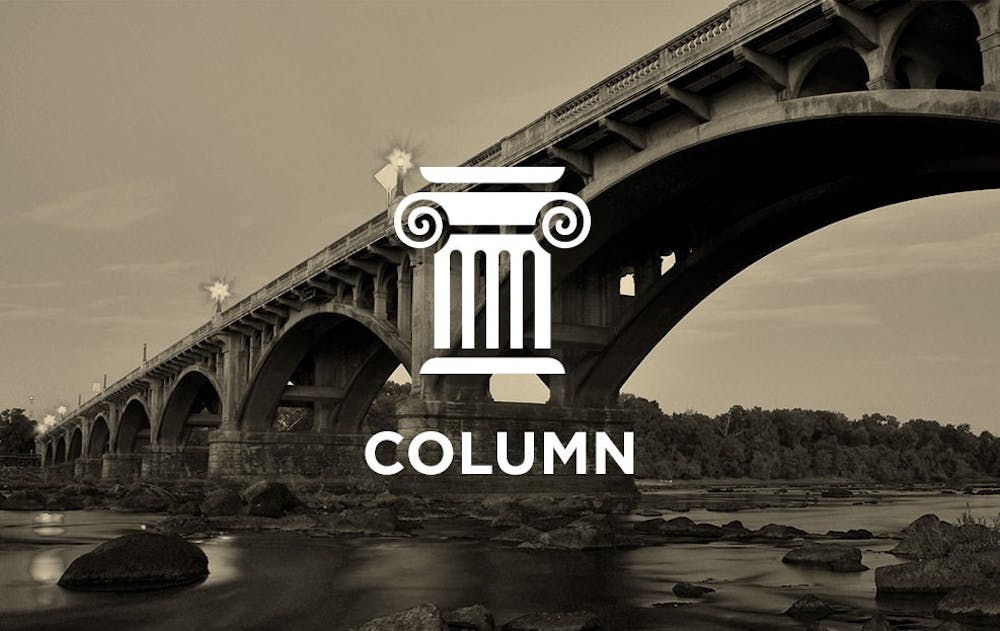The Daily Gamecock recently reported on a number of alarming alcohol statistics at USC. As demonstrated by this chart, USC outpaces the national average and even the SEC average in a number of alcohol-related behaviors among freshmen. Some of the more concerning statistics listed are that only 42% of USC freshmen don’t drink, 13% have been taken advantage of sexually and 11% have engaged in ‘problematic drinking’ (more than 10 drinks for men and 8 for women), the last stat being almost twice the national average.
I find it troubling that illegal and irresponsible drinking is widespread among first-year students and I aim to show you that you should too. First let’s think about why college students in general drink, and then why more USC students drink and more irresponsibly than average students.
One reason college students drink is that this is their first time living beyond their parents’ supervision, a situation which naturally lends itself to experimentation, whether that be in alcohol, sex or drugs. Another is that alcohol provides stress relief, allowing them to temporarily escape or detach from the anxieties of college life. A third reason comes from the social nature of drinking. If a person’s friends are drinking, they are likely to want to drink too, whether to gain acceptance or fit in or just because it’s a social activity to participate in. In other words, peer pressure.
Those factors are going to be true of any college campus. But what factors distinguish USC from our national and SEC counterparts such that our freshman alcohol consumption is so high?
First of all, the university is very close to Five Points and the Vista, both of which have many bars and other venues that sell alcohol. USC students may take it for granted, but not every college town is so close to so many bars.
Next, enforcement of the drinking age law in establishments that sell alcohol is also rather lax, from what I can tell. A close friend of mine was assured by a waitress, despite him telling her that he wasn’t 21 yet, that she could get him a drink anyway. A classmate recollected how she was borrowing a fake ID from a friend, which struck me as being indicative that bartenders and bouncers don’t closely verify IDs. (I mean, what are the odds that her friend looked just like her?) Talk of fake IDs and stories like these of people being told they look old enough to get alcohol without trouble is rampant.
Finally, USC has a strong Greek presence, estimated at one in four of the student population, that has a history of problems with alcohol. University administrators considered banning fraternity rush last year due to repeated alcohol-related incidents and a culture of hazing that interferes with academics. Part of a statement issued by Sorority Council and Fraternity Counsel last September in response to tailgating incidents shows just how ubiquitous drinking is within Greek life: “One sober monitor for every 30 chapter members shall be submitted as part of the event registration process." If we’re looking at there only being one sober member of Greek organizations for every 30 who drink, then I think we can all recognize that there’s a problem. It strikes me as strange that a number of high profile university-recognized student organizations can flaunt national law with no apparent fear of enforcement.
I recognize that trying to stop underage students from drinking is nearly impossible through direct external action. I agree with much of what my colleague Stephanie Woronko wrote last September in her column on the subject. She’s right that “changing culture, not rules, will reduce alcohol consumption.” What she doesn’t consider is that rules play a role in shaping culture.
There’s really no way to keep students who are old enough to buy alcohol from giving it to their underage peers. But stricter enforcement of the drinking age law could help to curb this practice at official fraternity and sorority functions and keep underage students out of bars. Of course, underage students who wanted to drink could still drink alone or in informal settings but much of the social pressure to drink illegally would be removed by banning underage drinking at official events and enforcing the law in bars and restaurants.
We need to recognize that illegal and irresponsible alcohol use is a blight on the university, a hidden underbelly of our beautiful and historic campus. The most obvious way in which it harms students is its association with sexual assault and being taken advantage of sexually.
According to a Washington Post poll, 62 percent of women in college who experienced sexual assault or unwanted sexual contact had been drinking alcohol just prior to the incident and 14 percent reported being incapacitated (unable to give consent) when the incident occurred.
You may have heard that one in five female college students report being sexually assaulted, which is a shamefully high number. But right here at USC, 13 percent of students of both sexes reported being taken advantage of sexually just during their first semester last fall. Since undergraduate men experience lower rates of sexual victimization (7 percent nationally), this figure for the first year is almost certainly higher for female students.
These numbers should shock and grieve us, but also spur us to make changes. Making progress in this area will require both tighter enforcement of laws and a shift in culture toward one that respects the law and doesn’t pressure students to drink irresponsibly. So, to make USC a safer place, let’s address the epidemic of alcohol abuse on campus.

